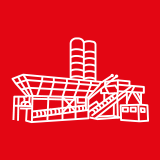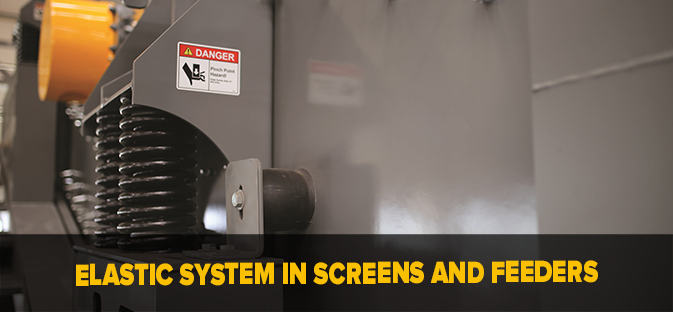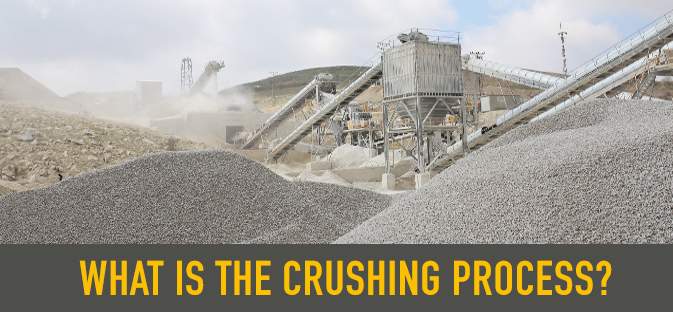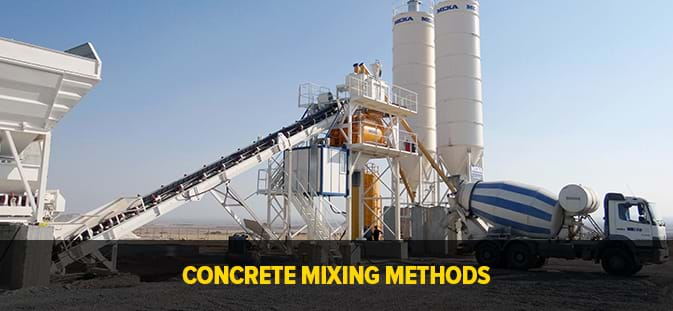Airfield Concrete
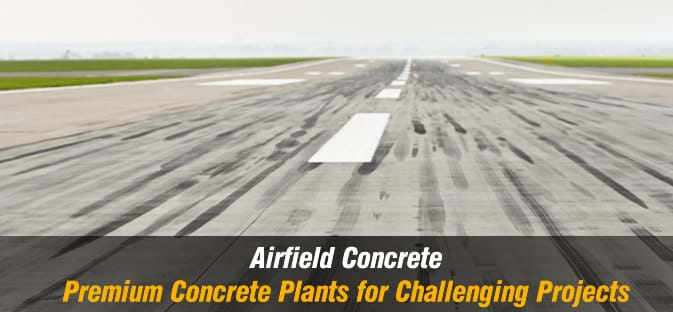
Due to the live loads and the touchdown impact forces of the planes during the landing, one of the most challenging Works are Runway Works of Airfield Pavements.
Those pavements require special design, proper manufacturing and pouring with higher flexural and compressive strength and with lower slump, along with grooved surfaces for maximized friction that the peaks of the grooves also enables continuous tire and connection during rain . Some of the airfield buildings have almost same importance with the pavements; Avionic House Buildings, Hush Houses etc.
There are several specifications for Airfield Pavements in different countries by several authorities, such as DLH in Turkey, USACE in USA. United States Army Corps of Engineer’s Airfield And Heliport Planning And Design, UFC 3-260-01 is one of the most known and adapted criteria for the mentioned subject.
However main design factors for the Airfield Concrete Works are same as follows:
1) The most important factor is the total anticipated live loads and touchdown impact of the planes that will be considered with aircraft types, operation periods and designed useful economic life of the runway.
2) The second important factor is the location of the pavement, as thickness should be different ;
a) For the runways that have touchdown impact forces and live loads during the landing of the planes, especially the first 60 meters both from landing and departure sides are critical as arresting systems for the military planes will be on these locations.
b) For taxiways that will have live loads with less touchdown impact forces as they are generally being used for landing or departure only on emergency cases,
c) For aprons and hangars that will have no impact effect.
d) For shoulders that will have less live load.
3) Soil conditions and the strength of sub-grade, sub-base and lean layers.
4) Aggregate, Cement, and Admixtures such as Silica Fume, high range water reducing admixtures, liquid air entraining admixtures that will ensure proper adherence between and dowels.
5) Doweling and other reinforcement systems and construction, contraction and expansion joints, thickened edges on the curbs should be designed and applied in accordance with the location of the pavement.
6) Still, the conventional railing formworks are being used with spreader, finisher and surface finishing machines. This system requires extra vibrating and surface finishing workmanship near the formworks. However modern machines give better quality with less workmanship.
7) As the will be cracked because of the shrinkage, the pavements are being cut with saw-cut machines; the joints are being cleaned and sealed with the designed sealant materials.
The main advantage of the runways comparing with the asphalt runways is longer economic life as they will be affected less from
a)High-pressure tires,
b)Fuel spillage,
c)High exhaust temperatures,
d)High velocity blast of the aircrafts.
The initial costs of the runways are usually higher than the asphalt runways, however due to the above mentioned factors the maintenance costs are comparatively lower.
Most of the runways are being used for both military and civil purposes and as shorter maintenance and repair period is necessary especially for the military bases with high traffic and with heavier aircrafts, especially after a possible bomb attack or unexpected overload due to the war conditions, rigid runways has more advantages. Minor surface repair patches can be finished in fifteen minutes with high performance materials on runways.
Also the weight of the new civil aircrafts is another factor; such as 334,751 tons of B747-100B2. As a matter of fact most of the runways are designed between 30-50 cm thickness and 35-48 Mpa compressive strength.

